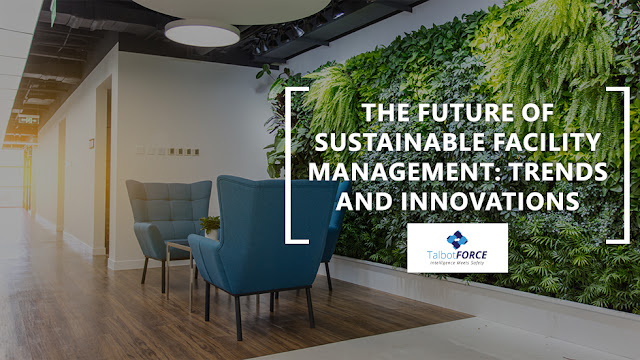Future Trends and Innovations in Sustainable Facility Management
Sustainable Facility Management (SFM) has emerged as a critical factor in achieving sustainable development goals. SFM involves integrating environmental, social, and economic factors into the management of facilities to minimize their negative impacts and maximize their positive contributions.
As organizations increasingly focus on sustainability, the following trends and innovations are expected to shape the future of Sustainable Facility Management:
- Smart Building Technologies: Buildings are becoming more intelligent, with advanced sensors and analytics providing real-time data on energy consumption, occupancy, and other metrics. This information can be used to optimize building performance, reduce waste, and improve occupant comfort.
- Circular Economy: The concept of a circular economy, where waste is minimized through reuse and recycling, is gaining traction in Sustainable Facility Management. This involves a shift from the traditional linear model of production and consumption to a more sustainable and regenerative system.
- Green Certifications: Green certifications such as LEED, BREEAM, and WELL are becoming increasingly popular as organizations strive to demonstrate their commitment to sustainability. These certifications provide a framework for sustainable building design and operation.
- Carbon Neutrality: Achieving carbon neutrality, or net zero emissions, is becoming a priority for many organizations. This involves reducing emissions as much as possible and offsetting the remaining emissions through carbon credits or other measures.
- Social Responsibility: SFM is increasingly focusing on social responsibility, including issues such as diversity and inclusion, human rights, and community engagement. This reflects a growing recognition that sustainable development must be inclusive and equitable.



Comments
Post a Comment